Reproduction of the Texas Tortoise

The reproductive behavior of the Texas Tortoise (Gopherus berlandieri) is crucial for the survival of the species. Understanding their mating habits, nesting behavior, and care of their young provides insights into the life cycle of these remarkable creatures.
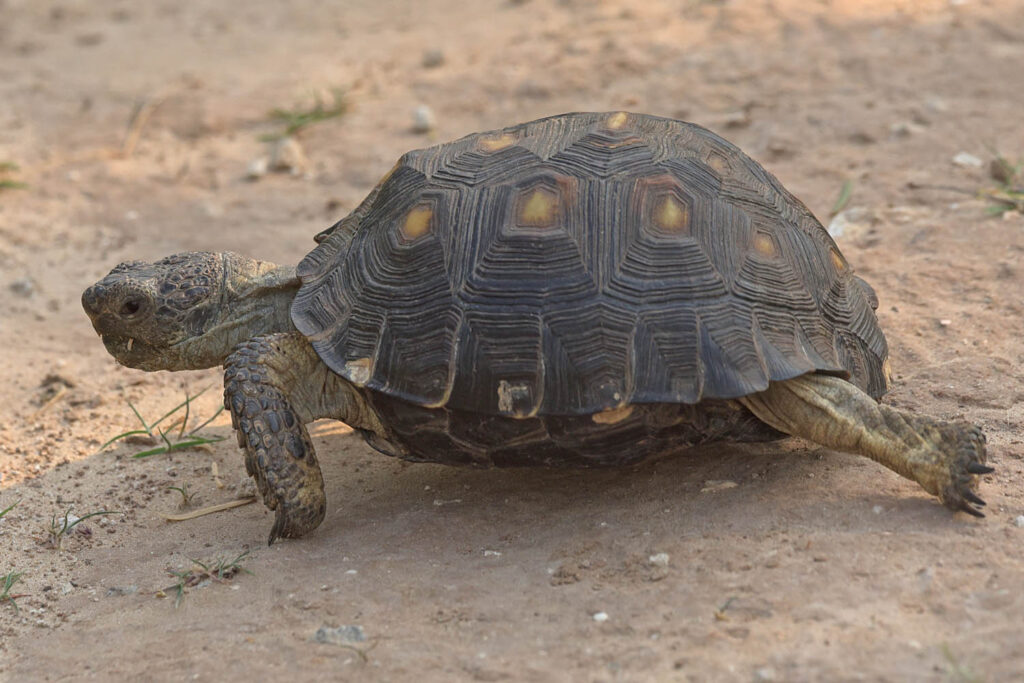
Mating Season
The mating season for Texas Tortoises typically occurs in the spring and early summer. During this time, males become more active and begin to search for females. They may travel long distances to find a mate, which often leads to increased interactions and competition among males.
Male Texas Tortoises use a variety of behaviors to attract females and establish dominance. These include head bobbing, circling, and biting. Head bobbing is a common display during courtship, where the male rapidly moves his head up and down to gain the female’s attention. Circling involves the male walking around the female in a circular pattern, while biting may occur if there is competition with other males.
Nesting and Egg Laying
Once a female has mated, she begins to prepare for egg laying. Females dig shallow nests in sandy or loose soil to lay their eggs. The nesting sites are usually located in areas with well-drained soil and good exposure to sunlight, which helps in the incubation process.
A typical clutch consists of 3 to 6 eggs, though the number can vary. The eggs are white, oval-shaped, and have a hard shell. After laying the eggs, the female covers the nest with soil and vegetation to camouflage and protect the eggs from predators. The incubation period can vary depending on environmental conditions but usually takes around 90 to 120 days for the eggs to hatch.
Egg Vulnerability: The eggs of Texas Tortoises are extremely vulnerable to predators such as raccoons, snakes, and foxes. They are also susceptible to environmental factors like temperature and moisture levels. Proper camouflage and covering by the female help reduce the risk of predation, but many eggs still face threats during incubation.
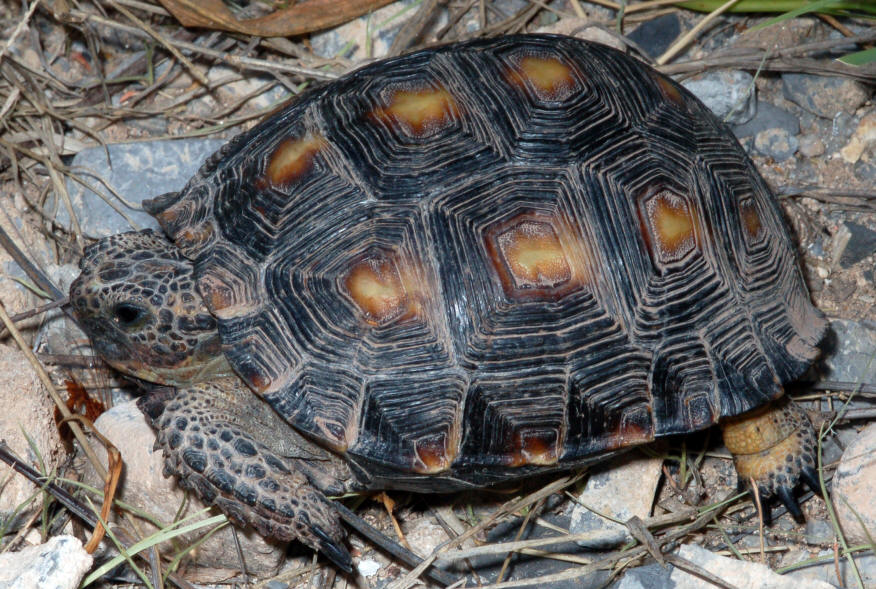
Hatching and Juvenile Care
Once the eggs hatch, the young tortoises are completely independent and receive no parental care. They must fend for themselves from the moment they emerge from the nest. The young tortoises are very vulnerable to predators and environmental factors, so their camouflage and ability to quickly find shelter are crucial for their survival.
Juvenile Texas Tortoises have soft, pliable shells when they first hatch, making them more susceptible to predation. As they grow, their shells harden and provide better protection. The juveniles must find food and shelter while avoiding predators such as raccoons, birds of prey, and snakes.
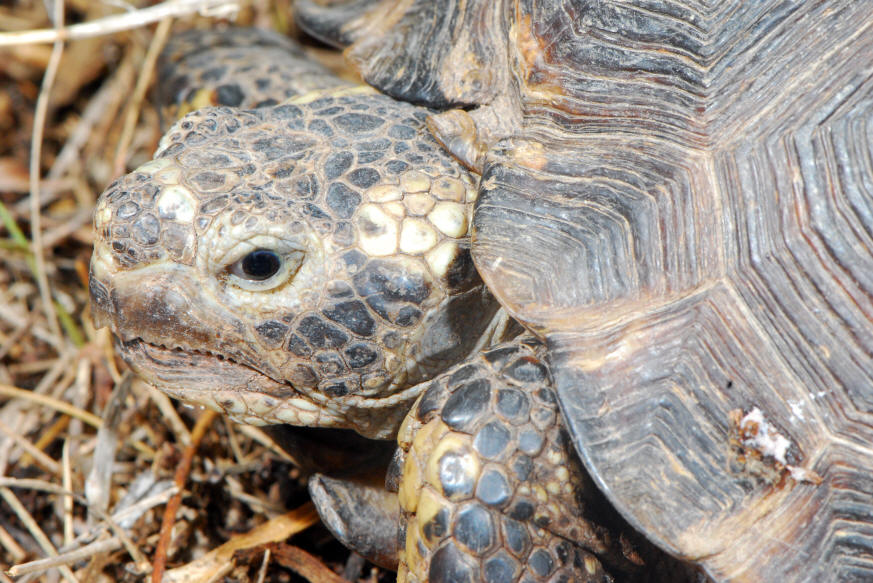
Growth and Maturity
Young Texas Tortoises grow slowly and may take several years to reach sexual maturity. Their growth rate can be influenced by factors such as food availability, temperature, and overall environmental conditions. Typically, Texas Tortoises reach sexual maturity at around 10 to 15 years of age.
During this growth period, the juvenile tortoises continue to develop their burrowing and foraging skills, which are essential for their long-term survival. Their diet evolves from soft vegetation to include tougher plant materials as their jaws and shells strengthen.
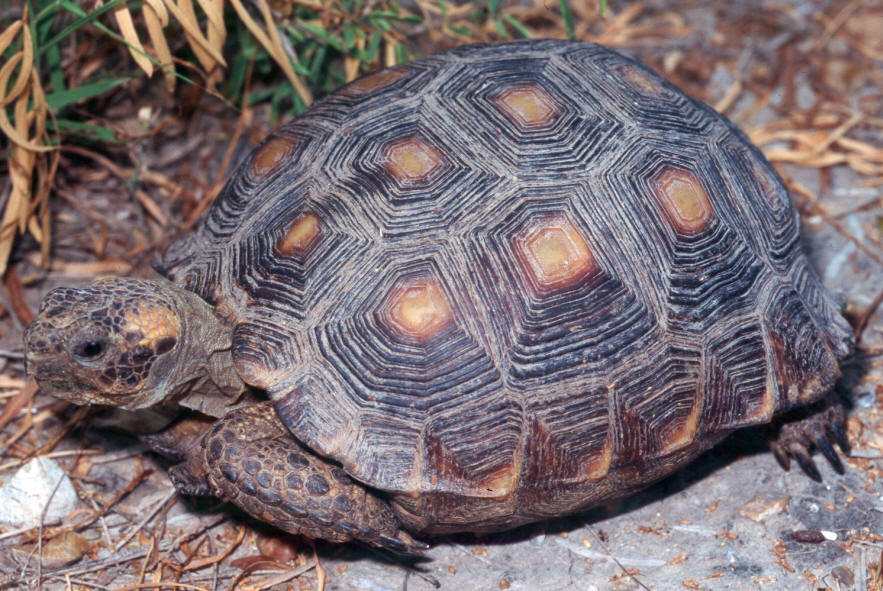
Caring for Texas Tortoise
Eggs in Captivity
If for any reason you need to care for Texas Tortoise eggs in a controlled environment, such as at home or in an organization, here are some essential guidelines:
Incubation Conditions
Temperature Control: Maintain a stable temperature between 82-88°F (28-31°C). Temperatures outside this range can affect the development and sex of the hatchlings.
Humidity: Keep the humidity level around 70-80% to prevent the eggs from drying out. Use a hygrometer to monitor humidity levels.
Incubation Medium: Place the eggs in a suitable incubation medium such as vermiculite or perlite mixed with water at a ratio of 1:1 by weight. This medium helps maintain moisture and provides support for the eggs.
Incubator: Use a reliable incubator designed for reptile eggs to ensure consistent temperature and humidity. Make sure the incubator is cleaned and sanitized before use.
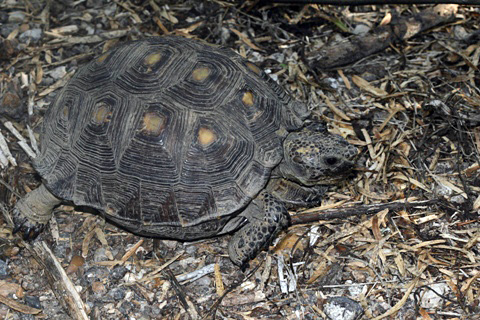
Handling and Monitoring
Minimal Disturbance: Handle the eggs as little as possible to avoid damaging them. If you need to move them, mark the top of each egg with a non-toxic marker to ensure they remain in the same orientation.
Regular Checks: Check the eggs regularly for signs of mold or dehydration. Remove any infertile or damaged eggs to prevent contamination.
Ventilation: Ensure the incubator has proper ventilation to allow for gas exchange while maintaining humidity.
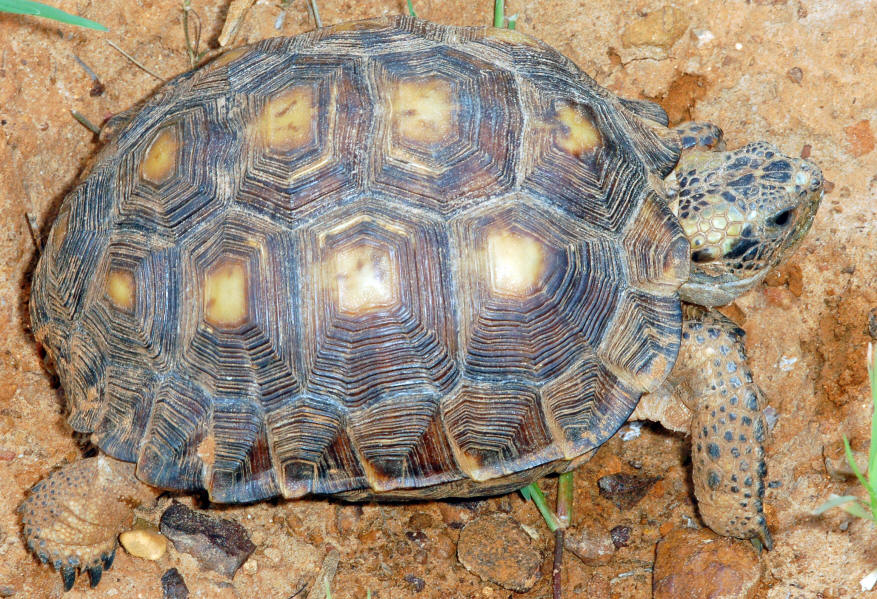
Hatching and Care of Hatchlings
Hatching Process: Once the eggs are close to hatching, avoid handling them. Hatchlings will use their egg tooth to break through the shell. This process can take several hours to a few days.
Immediate Environment: Provide a safe and controlled environment for the hatchlings. Use a terrarium or an enclosed space with a heat source, UVB lighting, and appropriate substrate like coconut coir or topsoil.
Diet and Hydration: Offer a diet of finely chopped greens, vegetables, and cactus pads. Ensure they have access to fresh water for drinking and soaking.
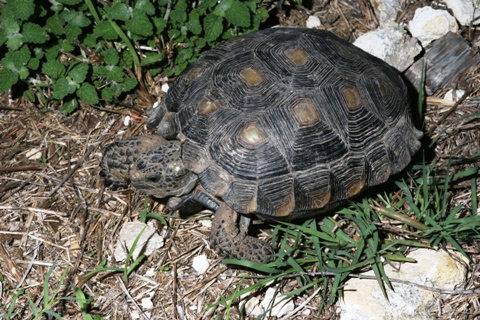
Conclusion
The reproduction process of the Texas Tortoise is a fascinating and complex aspect of their life cycle. From the mating behaviors and nesting to the independent hatchlings and their slow journey to maturity, each stage plays a vital role in ensuring the survival of the species. Understanding these processes, and knowing how to care for eggs and hatchlings in a controlled environment, helps us appreciate and protect the Texas Tortoise.
References
Photography courtesy of Terry & Diana’s Photography. Used with permission.

